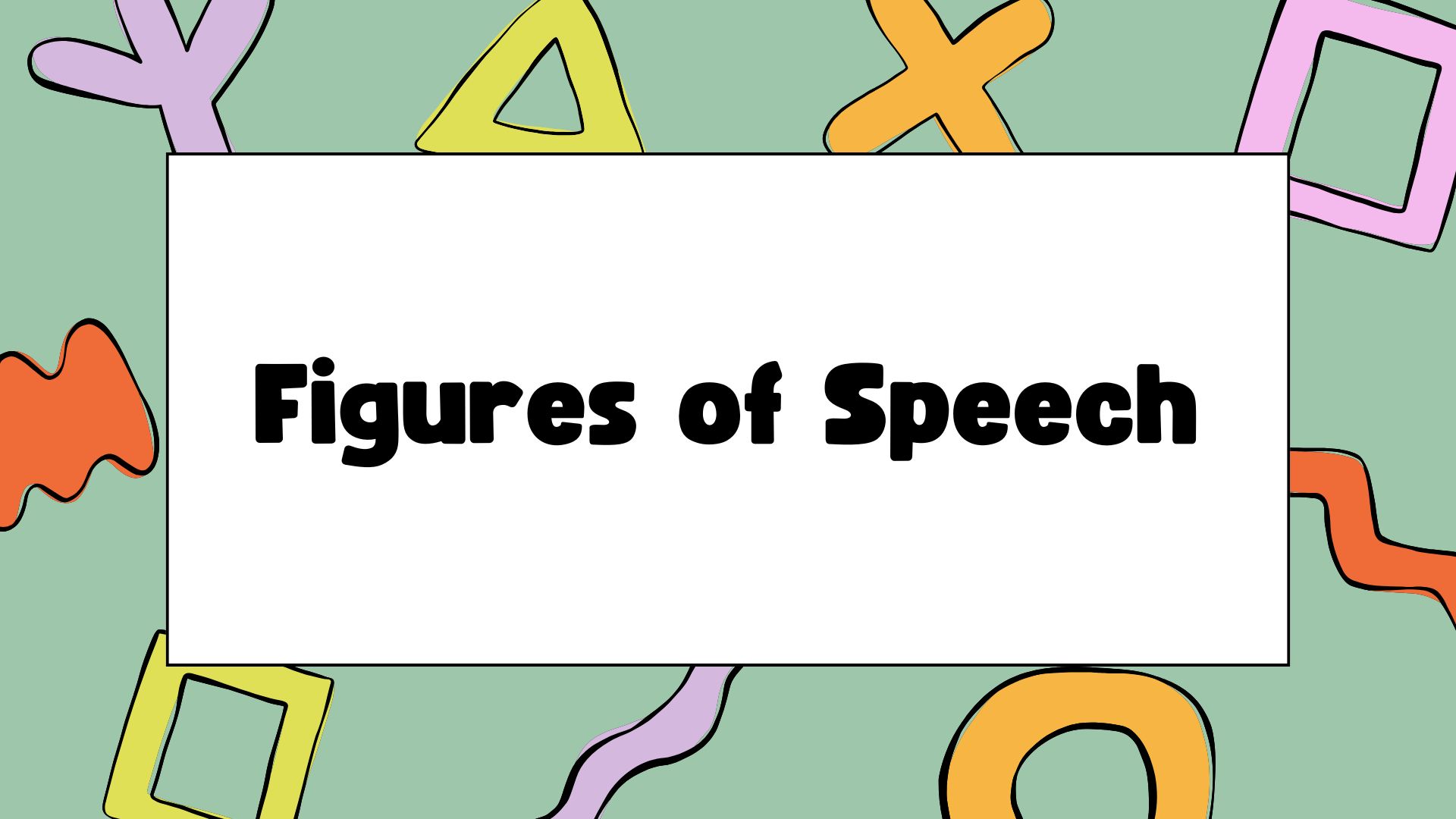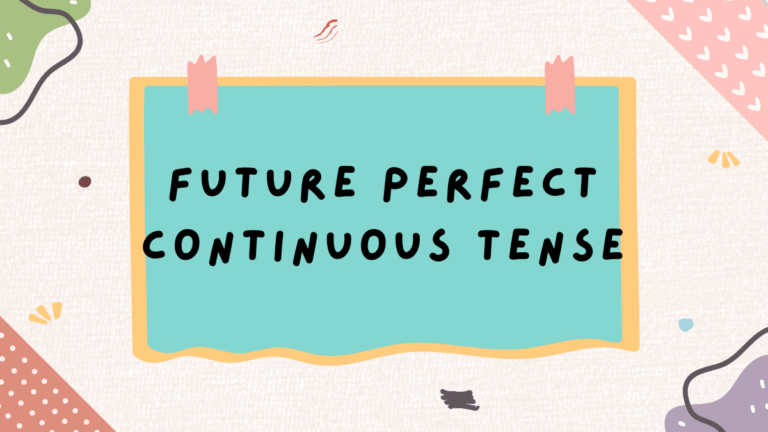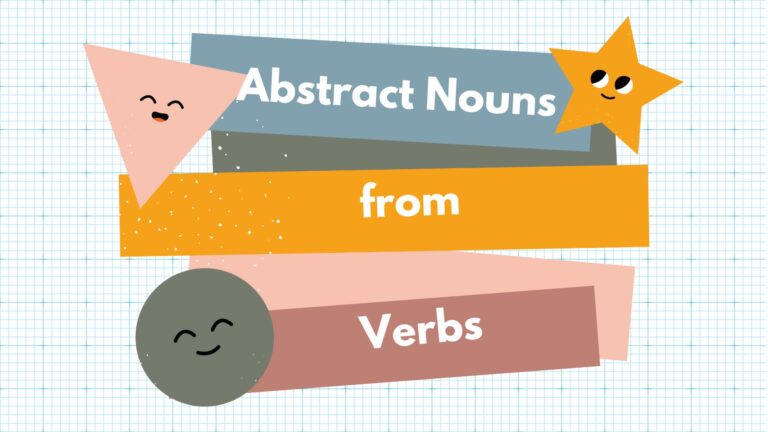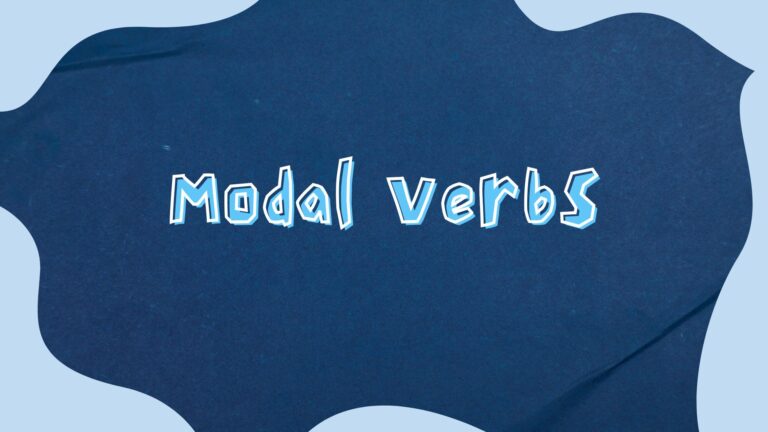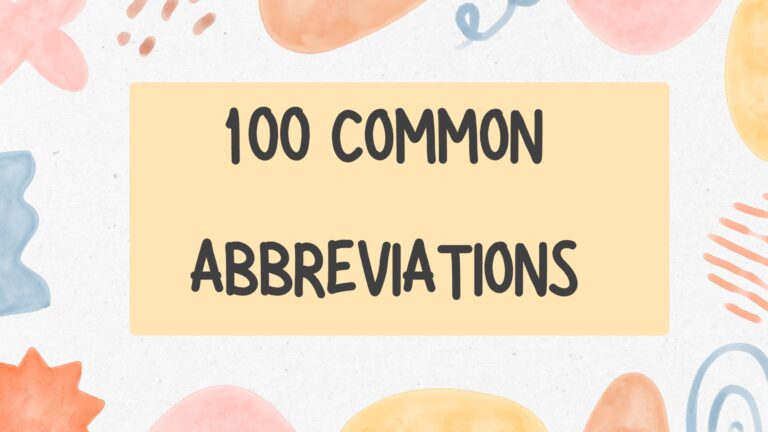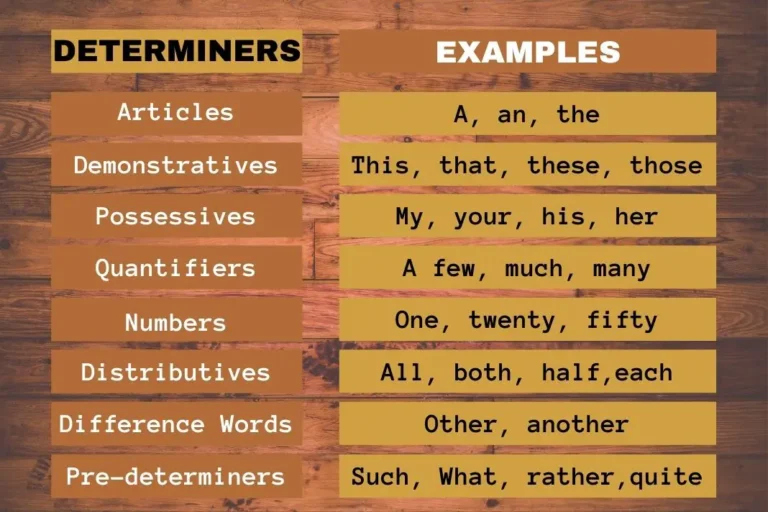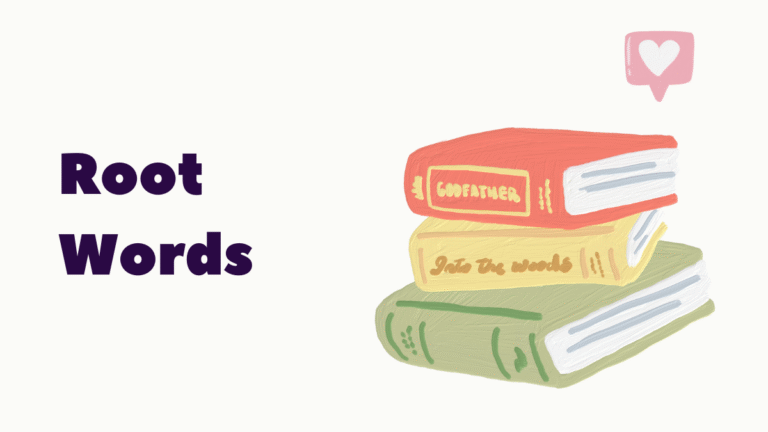50 Figures of Speech: Definitions with Examples
Figures of speech can improve your writing and communication. This article lists 50 figures of speech with easy definitions and examples. It’s perfect for students, writers, or anyone who wants to improve their speaking skills.
What are Figures of Speech?
Figures of speech make language more expressive. They help writers and speakers share deep emotions and create memorable moments. Using metaphors, similes, alliteration, and personification engages audiences and improves clarity.
These figures also show cultural identity, with unique phrases reflecting values and humor in different cultures. In literature, they reveal societal norms and human behavior.
50 Figures of Speech
1. Simile
Definition: A comparison using “like” or “as” to show similarity.
She is as brave as a lion.
His smile is like sunshine.
2. Metaphor
Definition: A direct comparison by stating one thing is another.
Time is a thief.
Her voice was music to his ears.
3. Personification
Definition: Giving human traits to non-human things.
The wind whispered through the trees.
The stars danced in the night sky.
4. Hyperbole
Definition: An extreme exaggeration for effect.
I’m so hungry I could eat a horse.
He ran faster than the speed of light.
5. Alliteration
Definition: Repetition of the same initial consonant sounds.
Peter Piper picked a peck of pickled peppers.
She sells sea shells by the seashore.
6. Onomatopoeia
Definition: A word that imitates a sound.
The bees buzzed.
The bomb boomed loudly.
7. Oxymoron
Definition: A combination of contradictory words.
Deafening silence
Bitter sweet memory
8. Irony
Definition: A contrast between expectation and reality.
A fire station burns down.
The English teacher misspells a word.
9. Pun
Definition: A humorous play on words.
I used to be a baker, but I couldn’t make enough dough.
Time flies like an arrow. Fruit flies like a banana.
10. Apostrophe
Definition: Addressing someone absent or something non-human as if it were present.
O death, where is thy sting?
Twinkle, twinkle, little star, how I wonder what you are.
11. Anaphora
Definition: Repetition of the first part of a sentence.
Every day, every night, every moment, I think of you.
We shall fight, we shall win, we shall not give up.
12. Euphemism
Definition: A polite expression for something harsh.
He passed away (instead of died).
She is between jobs (instead of unemployed).
13. Litotes
Definition: An understatement using negation.
It’s not bad at all.
She’s not unfamiliar with the subject.
14. Metonymy
Definition: Substituting the name of something with something closely related.
The pen is mightier than the sword.
The crown will find an heir.
15. Synecdoche
Definition: A part represents the whole or vice versa.
All hands on deck.
He got a new set of wheels.
16. Assonance
Definition: Repetition of vowel sounds.
The rain in Spain stays mainly in the plain.
The early bird catches the worm.
17. Paradox
Definition: A self-contradictory statement that reveals a truth.
Less is more.
I know that I know nothing.
18. Antithesis
Definition: Contrast of ideas in a balanced structure.
Speech is silver, but silence is golden.
Many are called, but few are chosen.
19. Climax
Definition: Arrangement of words in increasing importance.
He came, he saw, he conquered.
I struggled, I studied, I succeeded.
20. Tautology
Definition: Repeating the same idea in different words.
Free gift
Repeat again
21. Chiasmus
Definition: Reversal of grammatical structures in successive phrases.
Never let a fool kiss you or a kiss fool you.
Ask not what your country can do for you—ask what you can do for your country.
22. Allusion
Definition: A reference to a famous person, place, or event.
He’s a real Romeo with the ladies.
She has the Midas touch.
23. Idiom
Definition: A common expression not meant literally.
It’s raining cats and dogs.
Kick the bucket.
24. Anagram
Definition: Rearranging letters to form a new word or phrase.
Listen → Silent
Elvis → Lives
25. Sarcasm
Definition: A sharp, bitter, or cutting remark.
Oh great, another fine mess you’ve made.
Nice perfume. Did you bathe in it?
26. Allegory
Definition: A narrative where characters and events symbolically represent abstract ideas.
Animal Farm is an allegory of the Russian Revolution.
The tortoise and the hare story is an allegory of patience vs. haste.
27. Analogy
Definition: A comparison showing similarities between two different things.
Just as a sword is the weapon of a warrior, a pen is the weapon of a writer.
Life is like a box of chocolates—you never know what you’re going to get.
28. Antonomasia
Definition: Replacing a name with a title or descriptive phrase.
The Bard for Shakespeare
The King of Pop for Michael Jackson
29. Pleonasm
Definition: Using more words than necessary for emphasis.
I saw it with my own eyes.
He made a final conclusion.
30. Cliché
Definition: An overused expression that has lost originality.
Love is blind.
Time will tell.
31. Colloquialism
Definition: Informal words or phrases used in everyday speech.
Gonna instead of “going to”
Y’all instead of “you all”
32. Ellipsis
Definition: Omission of words that are understood from context.
You went to the mall, and I to the park. (“went” is omitted)
She likes ice cream; he, cake.
33. Dysphemism
Definition: A derogatory or unpleasant term used instead of a neutral one.
Saying “loony bin” instead of mental hospital
Calling someone “geezer” instead of old man.
34. Invective
Definition: Harsh, insulting, or abusive language.
You are a cowardly, worthless fool.
Shut your stupid mouth!
35. Tmesis
Definition: Inserting a word into the middle of another word or phrase.
Abso-bloody-lutely
Fan-freakin’-tastic
36. Spoonerism
Definition: Swapping the initial sounds of two words for humorous effect.
You have hissed all my mystery lectures (missed all my history lectures)
The Lord is a shoving leopard (a loving shepherd)
37. Malapropism
Definition: Mistaken use of a word in place of a similar-sounding one.
He’s the pineapple of politeness (instead of pinnacle)
She’s suffering from allegories (instead of allergies)
38. Anacoluthon
Definition: A sudden break in the sentence’s grammatical structure.
If you think I’m going to—well, you’re wrong!
I can’t believe—well, let’s just go.
39. Periphrasis
Definition: Using longer phrasing instead of a short expression.
Instead of “he died”: He met his maker.
Instead of “simple”: not lacking in complexity
40. Polysyndeton
Definition: Using multiple conjunctions unnecessarily.
I laughed and cried and danced and sang.
He ran and jumped and shouted.
41. Asyndeton
Definition: Omitting conjunctions between words or phrases.
I came, I saw, I conquered.
She bought milk, bread, eggs, cheese.
42. Zeugma
Definition: A word applies to multiple parts of a sentence in different senses.
He stole my heart and my wallet.
She broke his car and his spirit.
43. Epanalepsis
Definition: Repetition of the same word at the beginning and end of a sentence.
Nothing is better than doing nothing.
Next time, there won’t be a next time.
44. Epistrophe
Definition: Repetition of a word at the end of successive clauses.
See no evil, hear no evil, speak no evil.
Government of the people, by the people, for the people.
45. Polyptoton
Definition: Repetition of words derived from the same root.
The things you own end up owning you.
We must fight the fight.
46. Paronomasia
Definition: A type of pun involving similar-sounding words.
A boiled egg every morning is hard to beat.
I used to be a banker but I lost interest.
47. Hypophora
Definition: Asking a question and immediately answering it.
Why should we care? Because it matters.
What is love? Love is patience and understanding.
48. Prolepsis
Definition: Anticipating and answering possible objections.
Some of you may say I’m too young. But I have experience.
You might think it’s impossible—but let me show you.
49. Anadiplosis
Definition: Repetition of the last word of a clause at the beginning of the next.
Fear leads to anger; anger leads to hate.
Strength through unity, unity through faith.
50. Liturgical repetition
Definition: Repetition of key words or phrases for emphasis, often seen in speeches or poetry.
Let freedom ring from the hilltops, let freedom ring in our hearts.
I have a dream that one day… I have a dream today.
What are figures of speech?
Figures of speech are rhetorical devices that convey meaning or create effects through wordplay, imagery, or unusual phrasing, enhancing the expression of ideas.
Why are figures of speech important in writing?
They enrich language, making writing more engaging and vivid, helping to evoke emotions and create a stronger connection with readers.
Can you give an example of a common figure of speech?
A simile is a common figure of speech that compares two different things using “like” or “as,” such as “as brave as a lion.”
Are figures of speech used only in poetry?
No, figures of speech are used in all forms of writing, including prose, speeches, and everyday conversation to enhance expression.
Do all figures of speech have the same effect?
No, each figure of speech serves a different purpose and can create varying effects depending on context and usage.
Can figures of speech vary by culture or language?
Yes, figures of speech can differ significantly across cultures and languages, reflecting unique societal values and communication styles.

